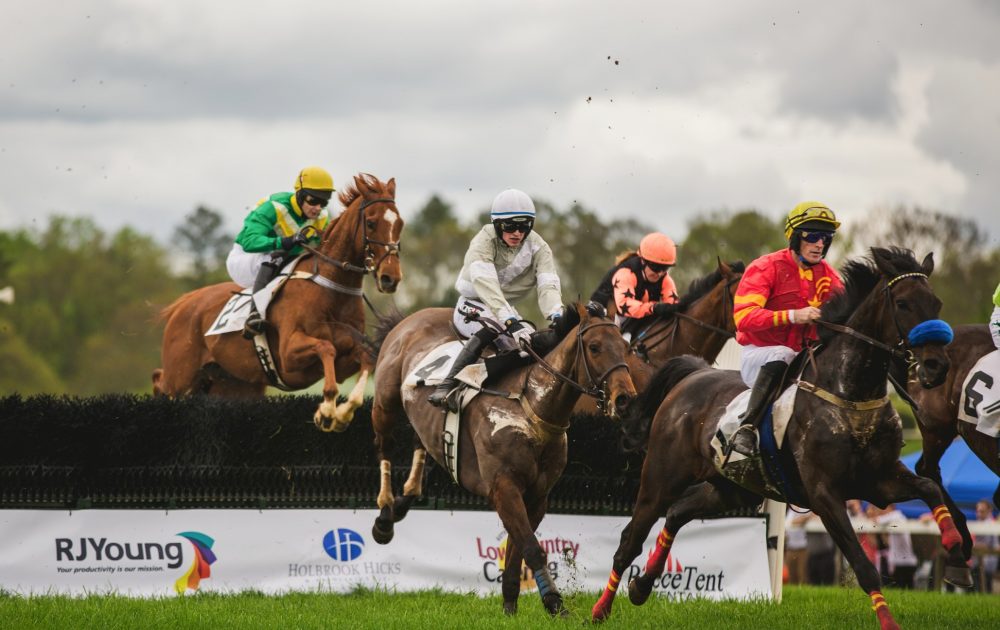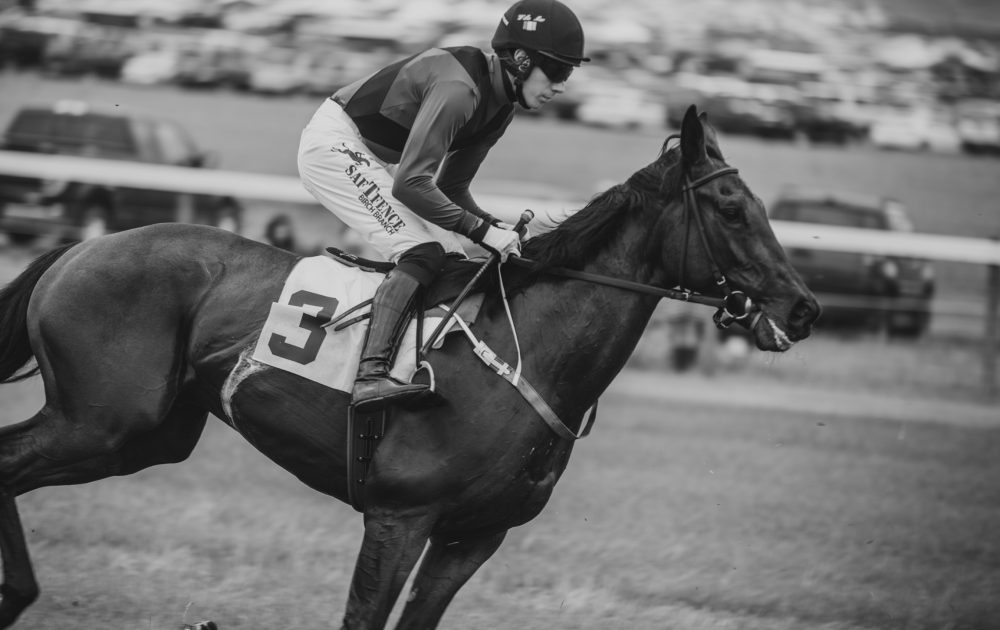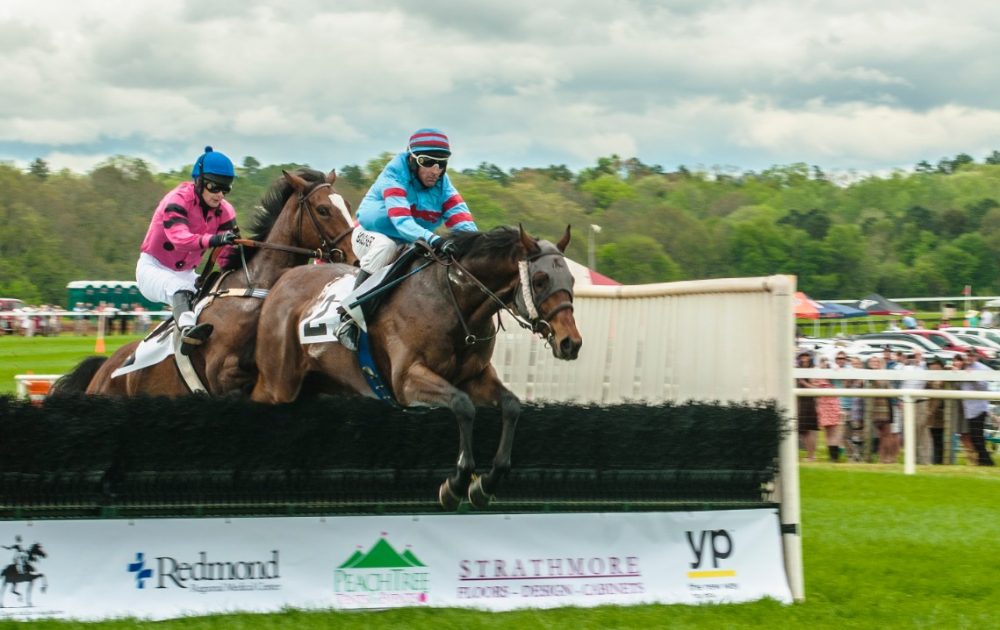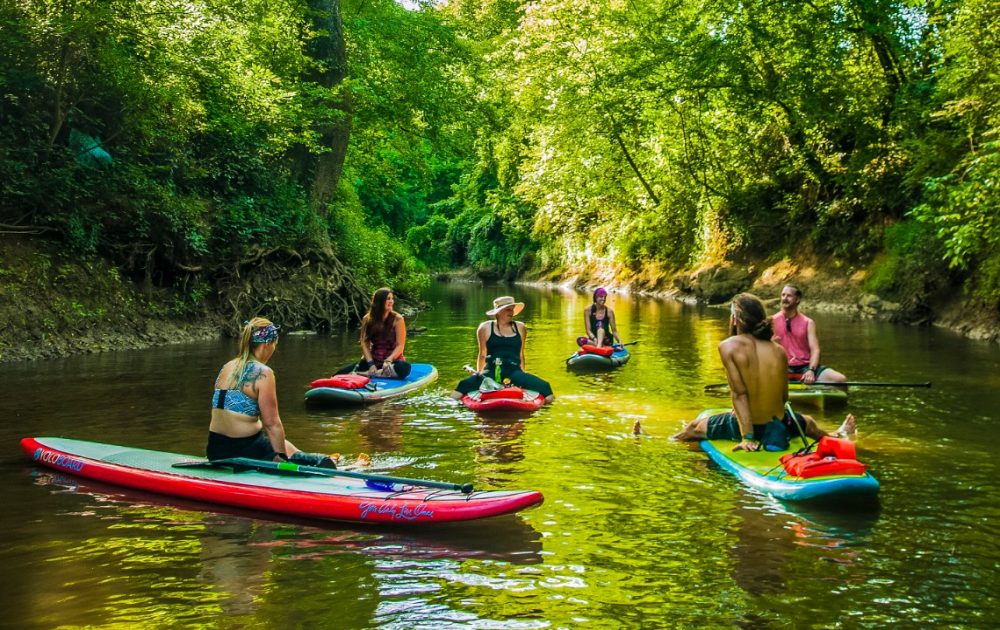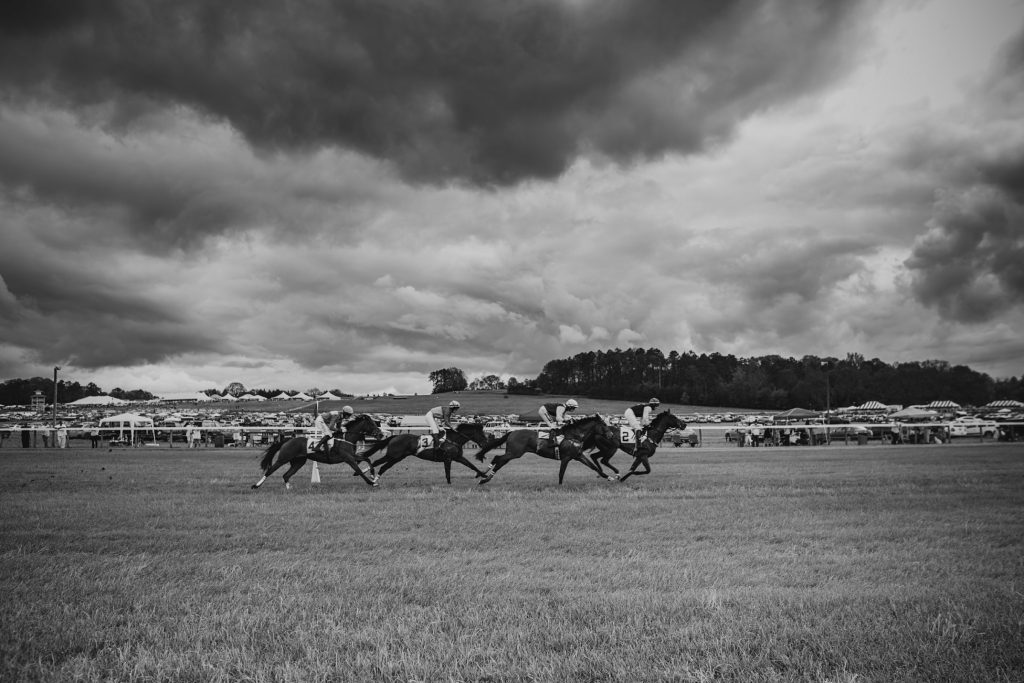
Photos by Cameron Flaisch and David Turner
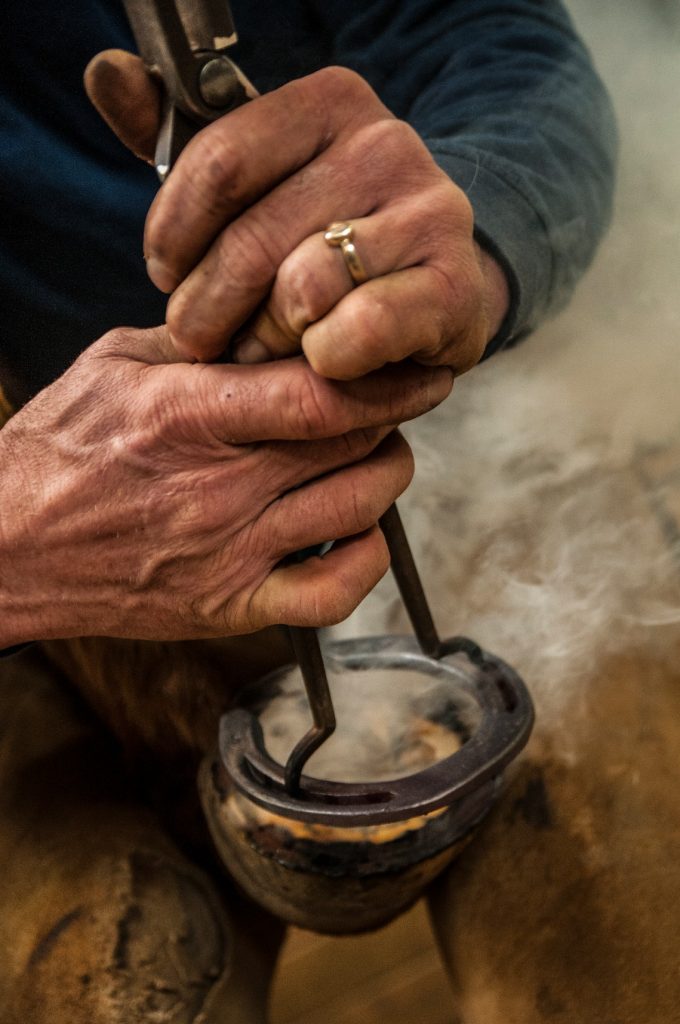
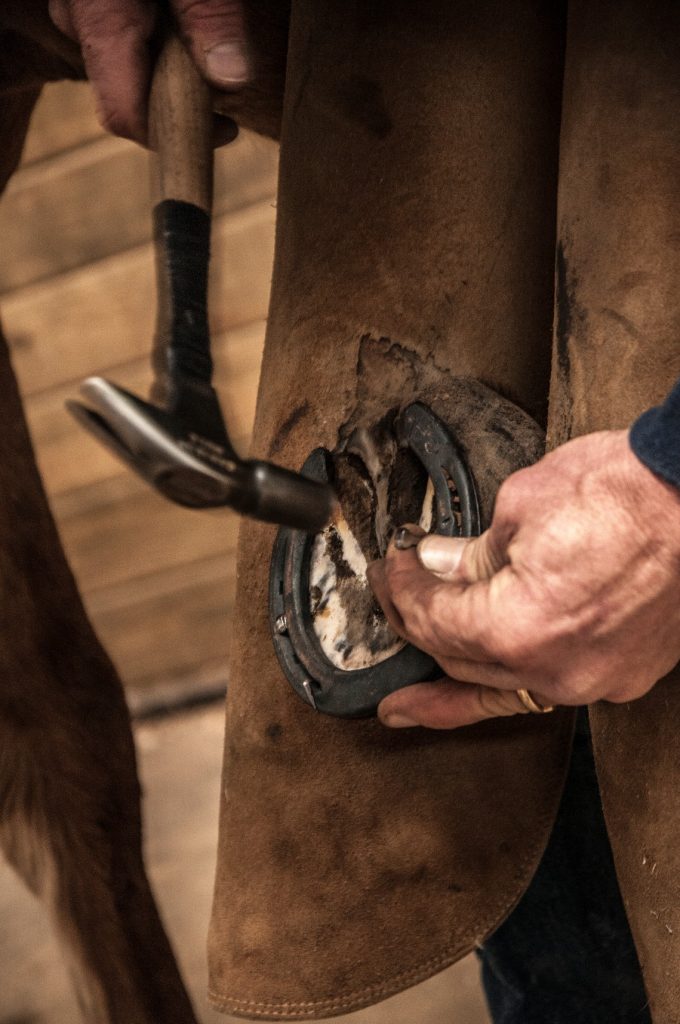
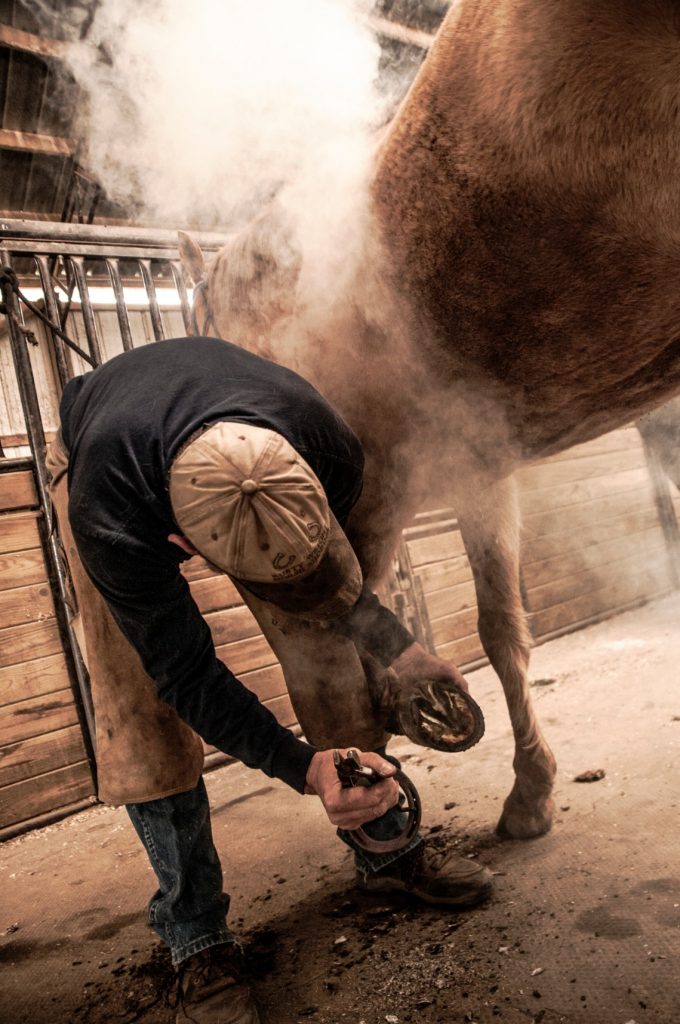
When taking in the races at this year’s Atlanta Steeplechase, let’s show appreciation to the hard work of the majestic creatures and riders who saddle the load.
Quirky uncles and inquisitive cousins congregate for this yearly Saturday reunion. Little ones cheer for the Thoroughbred-jockey dynamic duos rushing past. Sundresses and seersucker suits crowd the fence to chat with their companions over a Tequila Sunrise. It is a community concern, a contest of athletic partnership and a showcase of whimsical attire. For the patrons of the Atlanta Steeplechase, an annual celebration of the equestrian sport and the resulting human spectacle since 1965, this 9-to-5 outing is an American institution.
Even a first-time attendee will see, smell and taste the ingredients of the Southern heritage while meandering through the race park. From the family tailgate to the finish line, hospitality is everything – and it is evident everywhere. However, while the wide brims, easygoing banter, and refillable libations dec-orate the scene, the four-legged athletes and their 135-pound partners are the reasons for the season. Jump after jump, mile after mile, the contestants, under the direction of their jockeys, hustle for any opening or opportunity for a stride or a length. Although most races have a favorite to win, and many of these winners prove to be lifetime champions, nothing is certain on the turf.
Currently based in Camden, S.C., own-er-trainer Kate Dalton and her husband-jockey Bernie Dalton have been raising and racing steeplechase steeds for over a quarter of a century. Kate is on the board of the National Steeplechase Association, while Bernie, who has been riding since he was 8, is one of the top jockeys in the sport. Together, they intimately understand the art and the science of crafting a competitive steeplechase.
Before beginning her independent career as a trainer, Kate learned under the tutelage of a Hall Fame expert. “After spending my teenage years riding, when I was 18, I called up Jonathan Sheppard, the only name in steeplechasing I knew, and told him, ‘I ride horses and I would love to learn how to jump, so please to teach me how,’” she recalls. “He hired me right there over the phone.”
Nearly 20 years of raising and racing steeplechase steeds have passed since the providential phone call. Now a respected owner and trainer in her own right, married to a world-class rider, Kate’s life – from well before dawn until the golden hours – belongs to the Thoroughbreds.
“We start at the barn at 5 a.m. and we usu-ally finish at 5 p.m.,” she says. “The day starts with us mucking out the stalls. We turn eight horses out at a time, each into an individual paddock, and we muck out those eight stalls. Then we turn the next eight out and repeat the process until all stalls have been cleaned. Two-and-a-half hours later, at around 7:30, we ride and groom each horse. At 2, we set aside an hour for errands and catching up on life outside the barn. The day wraps up with feeding and final chores.”
For a steeplechase steed, and for the Daltons, this is a day in the life because the routine and the regimen are the components of a profitable racer. With an accepting but joyful chuckle, Kate says, “People call me and ask what’s new in our world, and I say, ‘I don’t know; I spend my life in a barn.’”
All of these hours, weeks, and months of repetition, however, find a short and significant exception in the event of a race day.
“I’m probably one of the senior jockeys over here these days,” says Bernie, an Irishman who has almost 40 years in the saddle. “There are definitely a lot of young lads coming up. I rode in Ireland and England over jumps and had retired to travel the world a little bit, to Dubai and Japan and [other] places.”
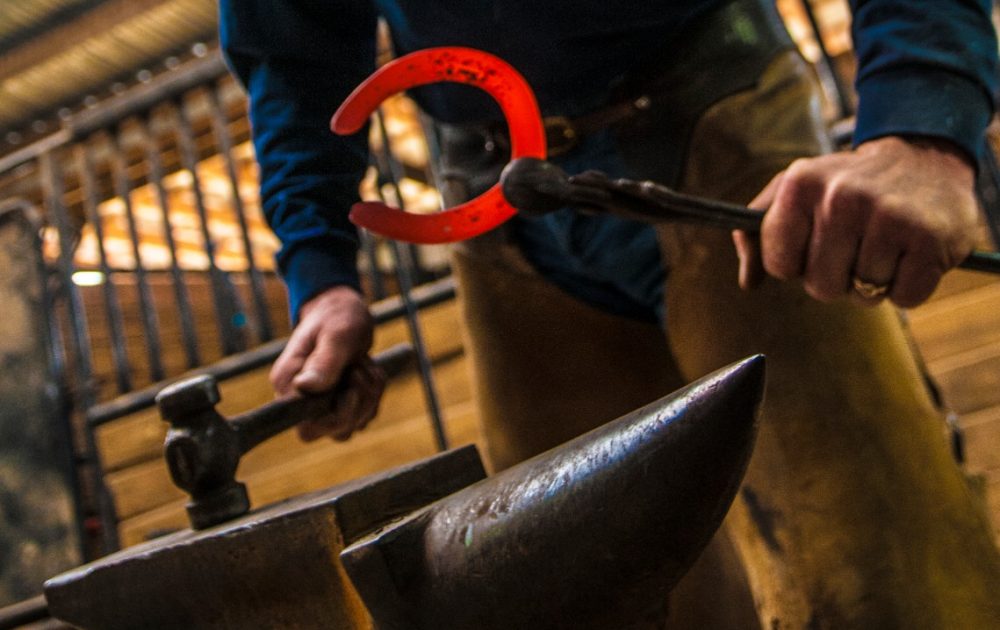
Although he works alongside Kate in the daily doings of owning a horse training operation, for Bernie, race day is otherworldly. “Jump racing is like no other,” he says. “It doesn’t matter whether you are riding a good horse or a bad horse; as long as it’s good jumping, you get a thrill out of it. That’s why most of us do it. It’s the adrenaline of it all – the buzz of riding over a jump at speed.”
While Kate does not race, she shares in the sensation, both as a trainer and as a lover of horses. “There’s a sense of achievement just in successfully bringing a horse to the race,” she explains. “For the steeds, they’re wound up, they’re nervous, and they’re ready to go because that’s how we all are and they feed off our energy. It’s a change in their routine, and I fully believe they love the high of it all.”
However, well before even considering the career of steeplechase steed, Kate must moth-er the horses from baby steps to National Fences, the official and primary obstacle on a steeplechase race as approved by the National Steeplechase Association.
“I don’t have children, but I would imagine it’s like watching your children learn to walk,” she says. “Most of the steeplechasers have had some sort of flat career before jumping and so they know how to gallop. The real work is then teaching them how to add a jump to their galloping pace.”
Woodland jogs come first, with little logs serving as the starting hurdle for the horses. “Once they jump those small logs comfortably, we move on to taller and wider ones,” Kate explains. “Like any training process, you start with small steps and you build until you reach your goal.”
From logs, to barrels, to those National Fences, the training of a steeplechase steed is more dynamic than the perpetual left turn coaching of a flat racer. With the barriers, the frequent course adjustments, and the long distances relative to the flat races, the jockey and the jumper must learn to ride and run as one.
But every race has a start and a finish. So as the horse matures and is eventually put out to pasture, the magic moments come to an end.
From a three-year-old meet or a maiden event for a newly born jumper to the final lengths and fences, the life of a steeplechase steed is a noble and, at times, exhilarating existence.
“Steeplechasing is kind of a second career for a lot of the horses,” says Bernie. “You can take a horse that was a flat horse, a horse that didn’t seem like it was any good at all, and it could turn out to be a stake horse over jumps. It wasn’t useless; it just was meant to jump. Even after their careers come to an official end and the races are no more, there is a certain respect given to each animal. A jumper once is always a jumper.”
This philosophy, while likely unknown to most in the flamboyant crowd, is the why behind each and every Atlanta Steeplechase. More than an acceptable reason to wear a straw hat or another chance to eat fried chicken, this annual event is a shrine to the sport and the horses that live for one more jump.

